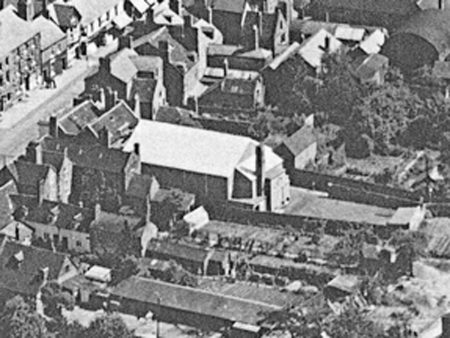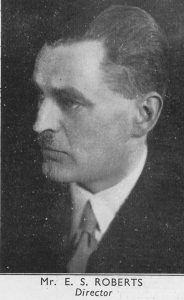
Menu
How the Regal Cinema Came to Tenbury Wells
In this picture of 1904 the building looks very much like it does today but if you look closely you can see an awning outside one of the shops.
The Ashley family ran a plumbing business from 47 Teme Street while two of its members became solicitors clerks. Who remembers Ashley and Davis solicitors of Tenbury?
Perhaps the items hanging outside the shop are connected with the plumbing trade. There are still signs in Tenbury today of this connection, have you noticed these inspection covers in the pavement?
W H B Ashley who sold 47 and 49 Teme Street to Mr. N J Robson of Craven Cinemas Ltd. is shown as head of the household on the 1911 census aged 39. His father William Ashley was living there in 1881 when WHB (William Henry Barnard) was eight.
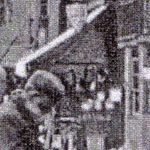
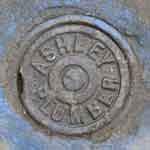
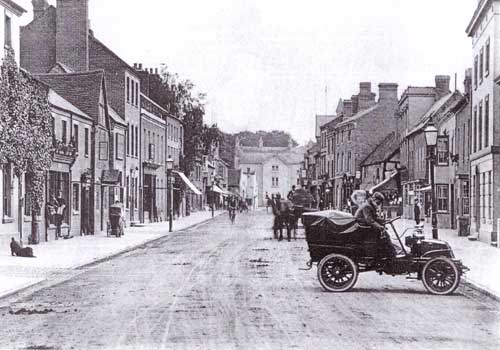
Teme Street 1904
In this picture probably taken sometime in the 1920s shows the building before it became a cinema.
“On the north side of Church Walk, is a three-storied brick house of the late 17th or early 18th century, with a later plaster front relieved by pilasters with Ionic capitals and an entablature. On the ground floor are modern shop fronts. The house retains its original oak floors and doors and a good oak staircase with square newels, moulded handrails and flat twisted balusters.”
( A History of the County of Worcester: Volume 4 Edited by William Page and J W Willis-Bund. published in 1924)
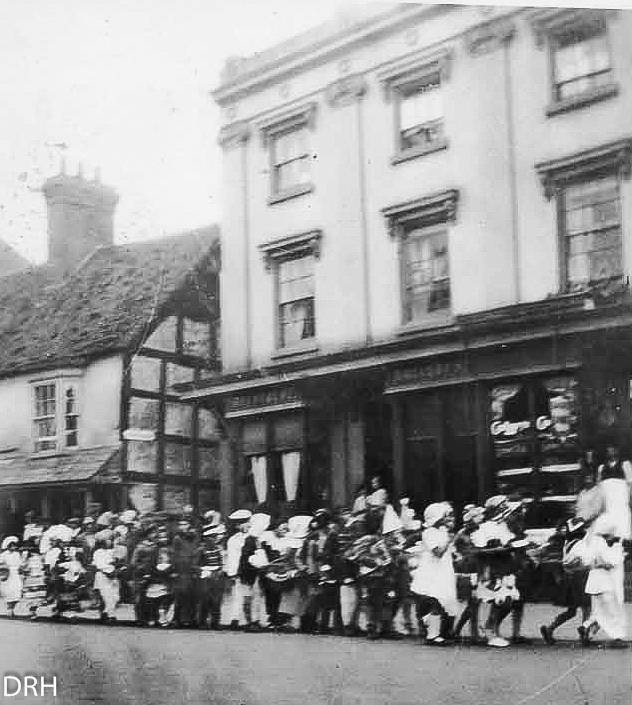
Ernest Roberts of Birmingham, a specialist cinema architect designed the building, his 1936 plans shows a basement and a single pitched roof to replace the double pitched roof over the original building. The single roof was never built as can be seen from the 1939 aerial photo below; the inside of the attics above the foyer still contains old rafters and is in a very poor state of repair.

